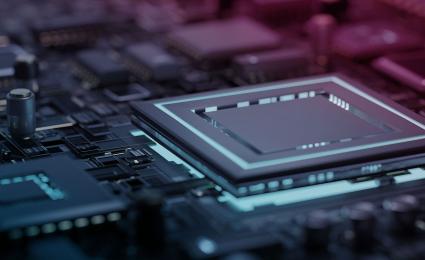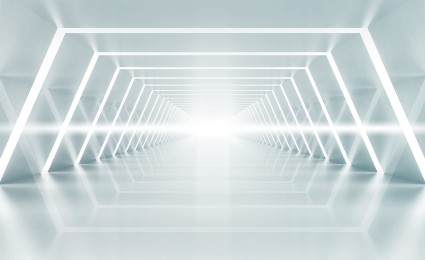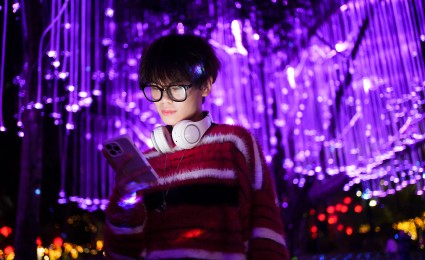Solutions to enable automotive, industrial and other technology companies to benefit from the latest technological innovations and proactively adapt their business models, strategy, organization and processes.


Talking technology: Our round up from CES 2025
CES 2025 demonstrated the latest in cutting-edge technological innovation
CES is the world’s largest technology trade show, showcasing innovation across a wide variety of industries. Once again, Roland Berger was in Las Vegas to learn more about the latest developments in mobility, electronics, consumer goods, manufacturing and much more.

In this summary, we recap some of our highlights and important takeaways from CES 2025.
AI: Enhancing our world
AI was everywhere , with 2025 marking a noticeable shift from speculative designs toward practical applications and specific use cases. Edge computing emerged as a prominent theme, emphasizing localized AI that operates on devices rather than relying on the cloud, offering greater data ownership and discretionary usage. Agentic AI, capable of autonomous decision-making, stood out, promising to transform human-machine interactions such as increased voice control and contextual prompting.
"Inspiring and energizing, CES once again showed how technology can make a positive impact to our world."
Data and connectivity: Unlocking potential
Training increasingly sophisticated AI systems requires vast amounts of data. Connectivity and data transfer were key topics, particularly in areas such as smart homes, vehicles and wearable devices. The Matter protocol, a connectivity standard for IoT and smart home devices, is gaining significant traction, reflecting the importance of seamless integration. CES 2025 also highlighted the growing importance of collaborative ecosystems for maximizing interconnectivity, although development is nascent. Data security is more important than ever: One eye-catching innovation saw blockchain-enabled systems for securing data in smart homes and commercial buildings.
Automotive: Reduced presence and strong tech focus
The automotive sector had a reduced presence in 2025, particularly among traditional US and European OEMs and Tier 1 suppliers, highlighting the challenges facing the industry. In contrast, tech-driven players, particularly from Asia, made a strong impact, showcasing software-defined vehicles (SDVs) , autonomous driving advancements, and a range of AI applications. While electrification and charging technologies received less emphasis than past years, platform-based approaches and the growing involvement of electronics firms in the automotive sector were prominent. Commercial vehicles also demonstrated an increasing focus on technology.
Collaboration: Partnerships drive progress
"Partnership is the new leadership," said Volvo CEO Martin Lundstedt during his CES keynote – and there was growing evidence of this in Las Vegas. The increasing urgency to improve global sustainability is a key factor behind this. Complex value chains necessitate joint efforts to innovate quickly and effectively.
Workplace: Tackling labor shortages
Robotics and physical AI are offering valuable support to sectors such as agriculture and construction, which are struggling with labor shortages. Advances in autonomous technologies are enabling robots to move out of controlled areas such as factories into more unstructured environments. Physical AI enables autonomous machines to perceive, understand, and perform complex actions in the physical world.
Seven stands that caught our attention
Much of Nvidia’s technology is ‘under the hood’ of a variety of leading products. The company presented new products to advance gaming, autonomous vehicles, and robotics, among others, with a major focus on AI. Particularly noteworthy was the launch of its suit of world foundation models that is supposed to be a crucial enabler towards more “physical AI” applications.
Korean giant LG demonstrated a range of technologies under the theme of "Affectionate Intelligence". From music, lighting and diary reminders to sleep tracking, air purification and in-car innovations, it had tailored solutions to many aspects of our daily lives.
Tucked away in a corner of the show was OpenInterX and its flagship product LUCI – a wearable AI ‘diary’ companion that tracks your life and offers instant help with anything it has recorded.
Singaporean startup Flint presented a potentially groundbreaking alternative to traditional batteries. Made from a cellulose ‘paper’, they claim to be price competitive at scale and are fully recyclable, containing no nickel, cobalt or lithium.
Siemens had a variety of collaborations on display, including a partnership with Norwegian startup Desert Control. Together, they’ve created ‘liquid natural clay’ to transform arid areas into fertile soils, potentially bringing new life into some of our ecosystems.
NXP presented its offering along the themes "brighter lives", "brighter homes" and "brighter journeys". We found particularly noteworthy the "AICHI" offering which is an AI controller for personal health edge use cases.
Visitors to Kubota’s stand saw a variety of autonomous and high-tech vehicles and equipment designed for the agriculture and construction industries. Its KATR robot is a robust transporter for rugged terrain and claimed the Best of Innovation in Industrial Equipment and Machinery award.








